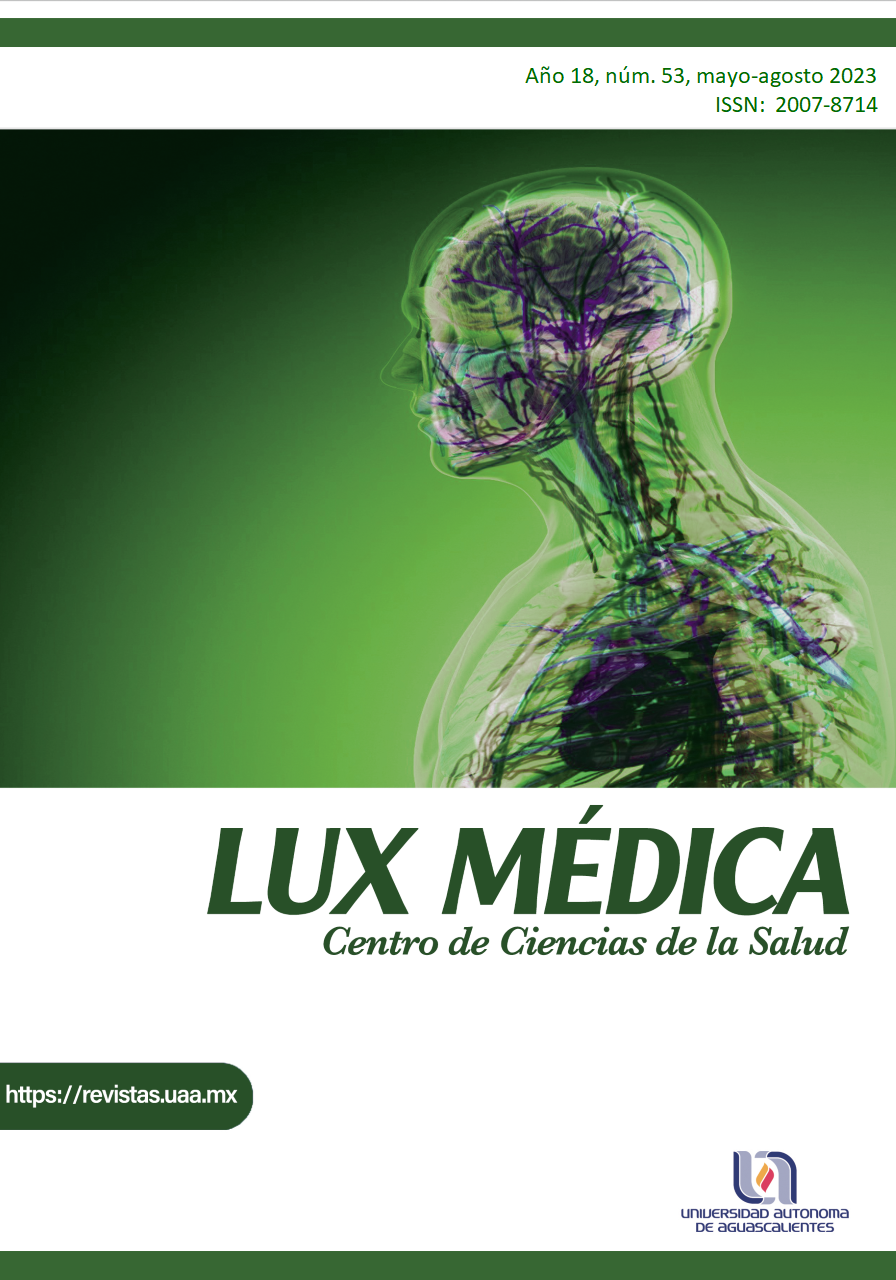Brachydactyly A-4, a rare congenital anomaly of the hand.
A case report.
DOI:
https://doi.org/10.33064/53lm20234085Keywords:
Brachydactyly, Finger shortening, Congenital anomaly, Interphalangeal joint, Mobility archesAbstract
Brachydactyly is a group of congenital anomalies of dominant or recessive hereditary character that are distinguished by the absence or rudimentary development of the phalanges, metacarpals or metatarsals. It is estimated that the current incidence of congenital alterations of the hand is 2.3 cases per 1000 live births. In 1986 McKusick modified the classification previously established by Julia Bell (1951) in which they are divided into 5 types: according to the bone and the affected finger. The presented clinical case is about of a 36-year-old female patient who goes to the Physical Medicine and Rehabilitation service for consultation because of hypersensitivity on the left hand third finger, in which the inspection shows shortening of the left hand fifth finger, and of right hand second and fifth fingers, with absent mobility arches in the distal interphalangeal joint of the same limbs, afterward there are requested complementary laboratory and radiology studies, therefore it is integrated brachydactyly type A4 diagnosis.
Downloads
Metrics
Published
How to Cite
Issue
Section
License
Copyright (c) 2023 Juan Antonio Vázquez Rojo, Gabriela Leilani Cervantes Pedroza , Luis Rubén García Torres, Ana Elizabeth López Villalpando, Joaquín Eduardo Sandoval Gutiérrez, Ana Florencia Valtierra Bejines

This work is licensed under a Creative Commons Attribution-NonCommercial-ShareAlike 4.0 International License.
La revista Lux Médica está bajo una licencia de Creative Commons Reconocimiento-NoComercial-Compartir Igual 4.0 Internacional.















